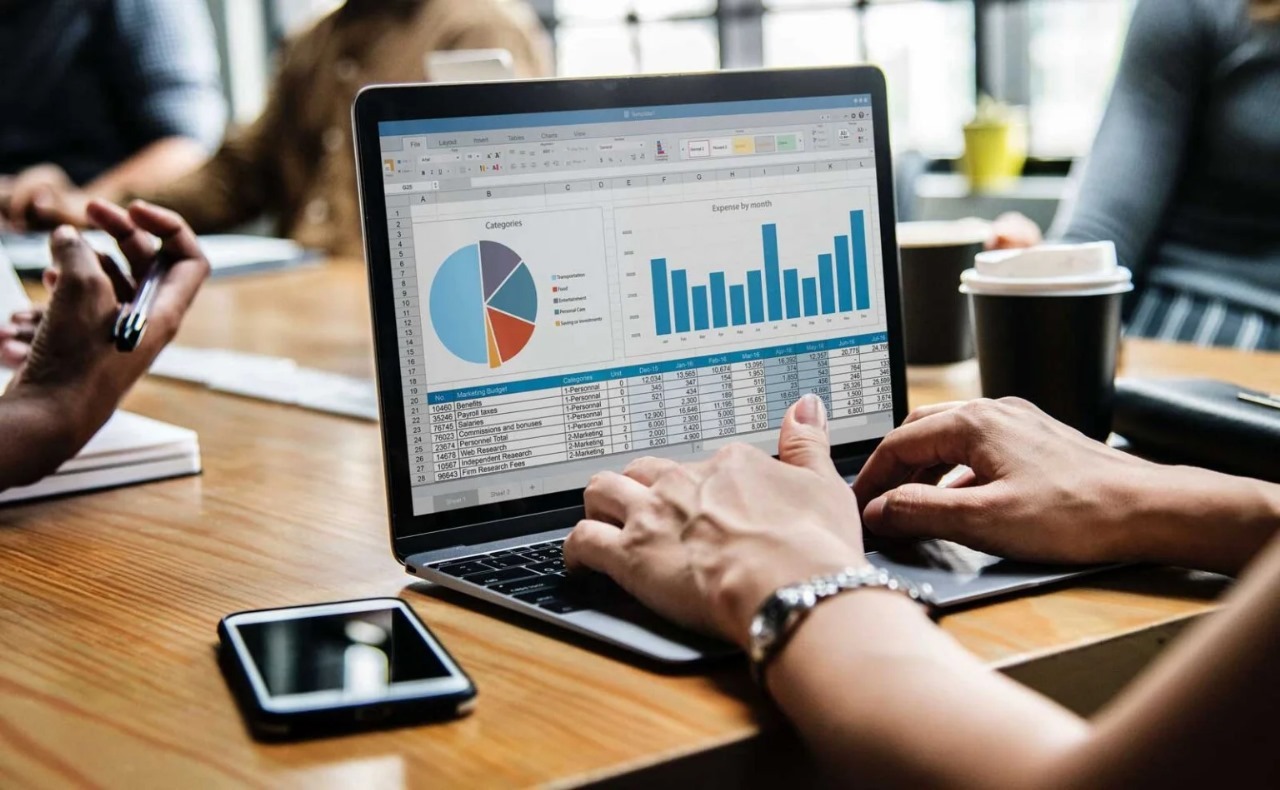As businesses grow increasingly digital, tax authorities worldwide are adopting AI-powered tools to streamline and enhance VAT audits. The traditional manual audit process is being replaced by AI-driven VAT audits, which leverage artificial intelligence and data analytics to ensure businesses remain compliant with tax regulations. These automated compliance checks provide real-time insights, enabling faster detection of irregularities and ensuring greater accuracy in VAT reporting.
For businesses operating across multiple jurisdictions, the shift to AI-driven audits represents both an opportunity and a challenge. While these systems offer the potential for more efficient and accurate tax compliance, they also require companies to be prepared for more sophisticated, data-driven inspections. Understanding the nuances of VAT Inspection in the digital age is crucial to staying compliant and avoiding penalties.
Do you want to visit Haridwar? travel agents in Haridwar is the right place to plan your tour. You can book your tour from here.
The Rise of AI in VAT Audits
The increasing complexity of VAT regulations has pushed tax authorities to explore new ways of conducting audits. Manual audits are often time-consuming, error-prone, and inefficient. By contrast, AI-driven VAT audits use advanced algorithms to analyze vast amounts of data, identifying discrepancies or suspicious activities with much greater speed and accuracy. These systems are designed to flag anomalies in real-time, giving tax authorities immediate insights into potential compliance issues.
For businesses, this shift means that compliance processes need to be more robust than ever. The days of waiting until the end of the tax period to review VAT records are over. Companies must now adopt automated VAT compliance systems that continuously monitor transactions and ensure data accuracy throughout the reporting period.
Do you want to visit char dham? char dham tour operator is the right place to plan you Char Dham tour. You can book you tour from here.
How Automated VAT Compliance Works
Automated VAT compliance is the key to preparing for AI-driven audits. These systems leverage machine learning and data analytics to automate the collection, analysis, and reporting of VAT-related data. By integrating these technologies into your accounting software, your business can ensure that all transactions are accurately recorded, classified, and reported in real-time.
Automated VAT compliance also reduces the risk of human error, which is one of the primary causes of discrepancies in VAT reporting. With these systems in place, businesses can ensure that their VAT data is always up-to-date and compliant with local and international regulations.
Do you want to visit Indiar? tour operator in India is the right place to plan your tour. You can book your tour from here.
Additionally, automated compliance tools are capable of performing self-audits, identifying potential issues before they escalate into full-blown tax disputes. By regularly reviewing your VAT data, these systems allow you to address minor discrepancies before they become significant problems during a VAT inspection.
Preparing for AI-Driven VAT Audits
To prepare for AI-driven audits, businesses need to focus on several key areas. First, adopting VAT Compliance Services is essential. These services help businesses navigate the complexities of VAT regulations, ensuring that their tax processes are aligned with the latest rules and standards. By outsourcing VAT compliance, companies can offload the burden of keeping up with constant regulatory changes and focus on their core operations.
Another critical step is integrating technology solutions that automate VAT reporting and compliance. Modern accounting systems equipped with AI capabilities can seamlessly capture, classify, and report VAT transactions in real-time. This ensures that your business is always ready for an audit, without the need for last-minute scrambling to gather and verify data.
Finally, businesses should work with VAT specialists who understand the intricacies of AI-driven audits. These professionals can help ensure that your compliance processes are optimized for the digital age. They can also provide insights into how tax authorities are using AI to conduct audits, giving your business a clearer understanding of what to expect during an inspection.
Staying Ahead of the Compliance Curve
As AI becomes more integral to VAT audits, businesses that invest in the right tools and expertise will have a significant advantage. Those that fail to prepare for AI-driven audits risk being caught off guard by the speed and precision of these automated checks. The key to staying ahead is embracing technology and working with Tax Compliance Services to ensure that your VAT processes are fully compliant with current regulations.
The future of VAT compliance is undoubtedly digital, and companies that invest in automated VAT compliance systems today will be well-positioned to navigate the complexities of tomorrow’s tax landscape. Whether you’re preparing for a VAT inspection or looking to improve your overall tax compliance, leveraging AI-driven tools is essential for staying ahead of the curve.
Conclusion
The rise of AI-driven VAT audits is transforming the way businesses approach VAT compliance. With tax authorities increasingly relying on automated tools to conduct audits, companies need to ensure that their compliance processes are up to date and capable of withstanding the scrutiny of AI-powered inspections. By adopting VAT compliance services, integrating automated systems, and working with VAT Specialists, your business can navigate the complexities of digital VAT audits with confidence. As the future of tax compliance becomes more automated, businesses that invest in the right technology and expertise will thrive in this new landscape.
By staying ahead of VAT audit preparation, your business can avoid costly penalties, ensure data accuracy, and streamline its VAT reporting processes. Now is the time to embrace AI and prepare for the future of VAT compliance.
